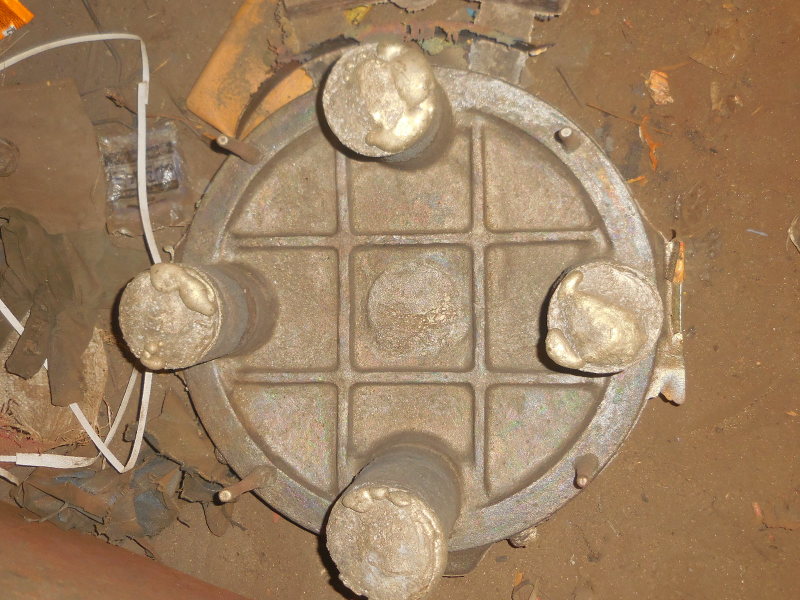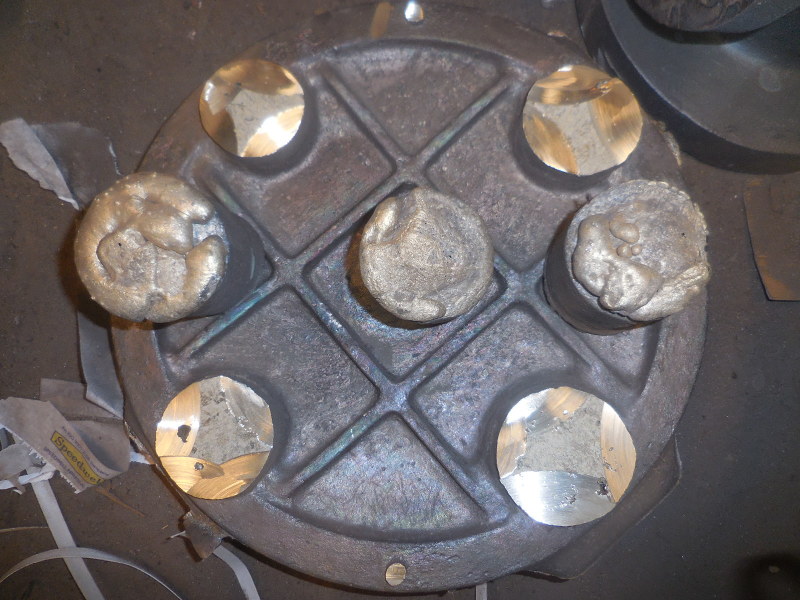Castings weight 120 Kg, Pouring Temp - 1187o C.
Melting in Induction medium frequency furnace.
Ceramic filter of 10 ppi was used. Marble grit plunging was used to remove gas for 4 min approximately in a melt of 170 Kg and Mg was used in ladle for degassing.
Furnace sample was good but late rising seen in the feeders resulting in rejection of castings.
Initially my doubt was on temperature, but I observed that I do not face such difficulty in pouring C95200 and C95800 at same temperature although the castings were of less weight (around 90 Kg).
I am practicing CO2 molding process in my foundry. Oil core was used in forming cavity.
Just don't get it why this happens. Any clue?
A M CONTRACTOR
Melting in Induction medium frequency furnace.
Ceramic filter of 10 ppi was used. Marble grit plunging was used to remove gas for 4 min approximately in a melt of 170 Kg and Mg was used in ladle for degassing.
Furnace sample was good but late rising seen in the feeders resulting in rejection of castings.
Initially my doubt was on temperature, but I observed that I do not face such difficulty in pouring C95200 and C95800 at same temperature although the castings were of less weight (around 90 Kg).
I am practicing CO2 molding process in my foundry. Oil core was used in forming cavity.
Just don't get it why this happens. Any clue?
A M CONTRACTOR


